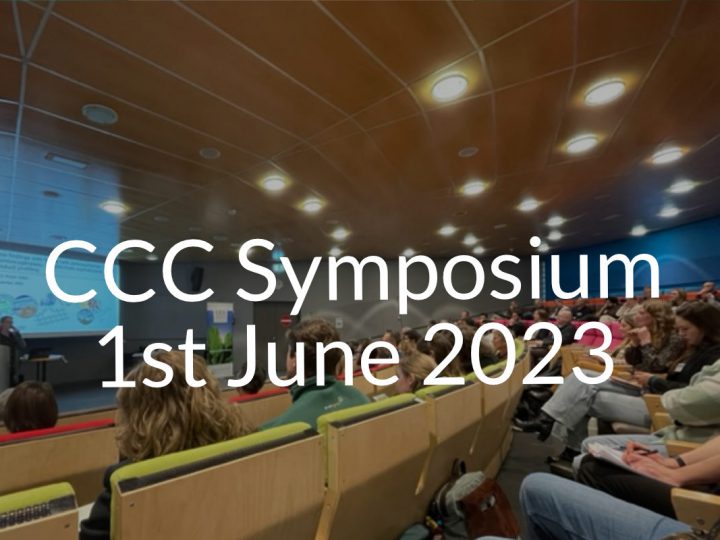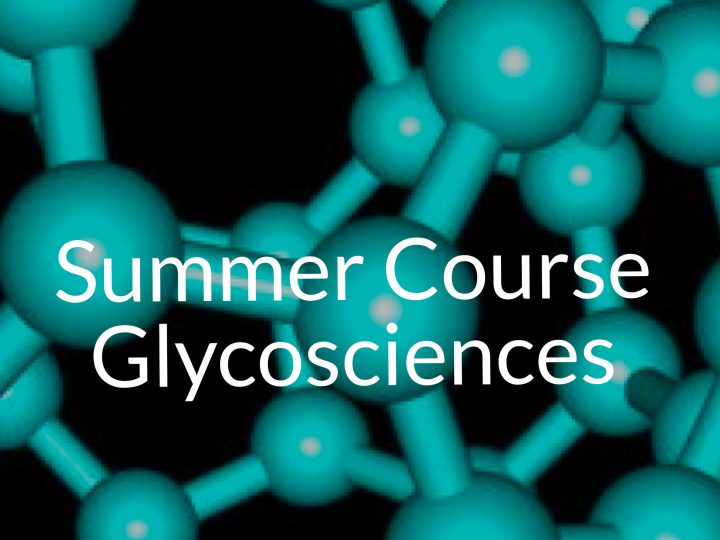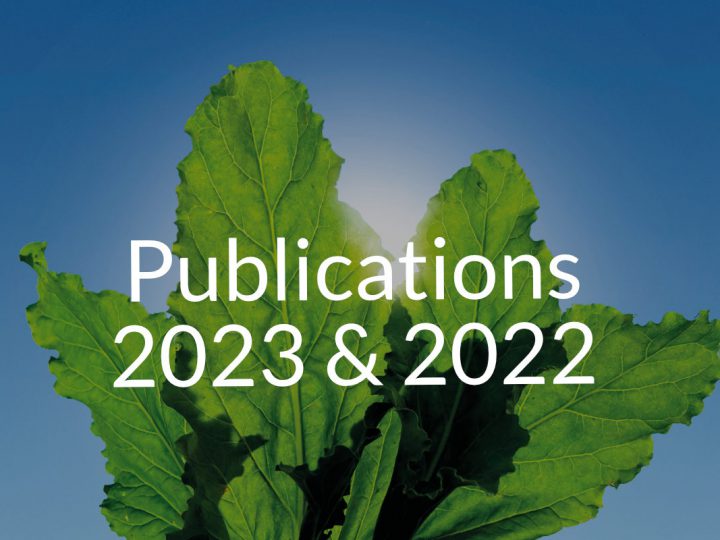 The main topics of my talk were lytic polysaccharide monooxygenases (LPMOs) which are a class of microbial oxidative copper metalloenzymes discovered in the past decade. They have been shown to have remarkable potential for degradation of recalcitrant biomass, for example lignocellulose, by acting in synergy with hydrolytic enzymes. Therefore they may prove extremely useful for full exploitation of, for example, agricultural waste products, both for bioethanol production, but also for production of other value-added products such as biomaterials.
The main topics of my talk were lytic polysaccharide monooxygenases (LPMOs) which are a class of microbial oxidative copper metalloenzymes discovered in the past decade. They have been shown to have remarkable potential for degradation of recalcitrant biomass, for example lignocellulose, by acting in synergy with hydrolytic enzymes. Therefore they may prove extremely useful for full exploitation of, for example, agricultural waste products, both for bioethanol production, but also for production of other value-added products such as biomaterials.
Furthermore they are an exciting new paradigm in bioinorganic chemistry, and they revolutionized the way we think about biomass depolymerization in nature, which was previously thought to be primarily carried out by hydrolytic enzymes. A number of human, plant and insect microbial pathogens have now been also been shown to express active LPMOs, although their role is not clear.
Structural studies of LPMOs by X-ray crystallography have been a major focus of the Lo Leggio laboratory in the past ten years, as part of collaboration with Novozymes A/S. Structural studies have made a very significant contribution to optimizing the activity of LPMOs, for example, these were the first studies that indicated the importance of an active site metal.
The talk gave a short overview of the structural knowledge on LPMOs based on a recent review, and then proceeded to focus on one of the major results from last year, namely the characterization of the first atomic resolution structures of complexes of a cellulose degrading LPMO with fragments of cellulose (a β-1,4-linked substrate). This work was carried out as part of a European consortium (CESBIC) which consisted of a company (Novozymes A/S) and several academic groups (University of York, Cambridge, Copenhagen and CNRS Marseille).
Together with enzymological and spectroscopy studies, these crystallographic studies have given major insight into substrate binding, mechanism and specificity of this fascinating class of enzymes, an understanding which will undoubtedly help in improving their utilization in industrial context as well. I wish to thank my coworkers at the University of Copenhagen Kristian Frandsen (PhD student) and Jens-Christian N. Poulsen (lab manager).
More information on the Lo Leggio laboratory through her
personal website.




